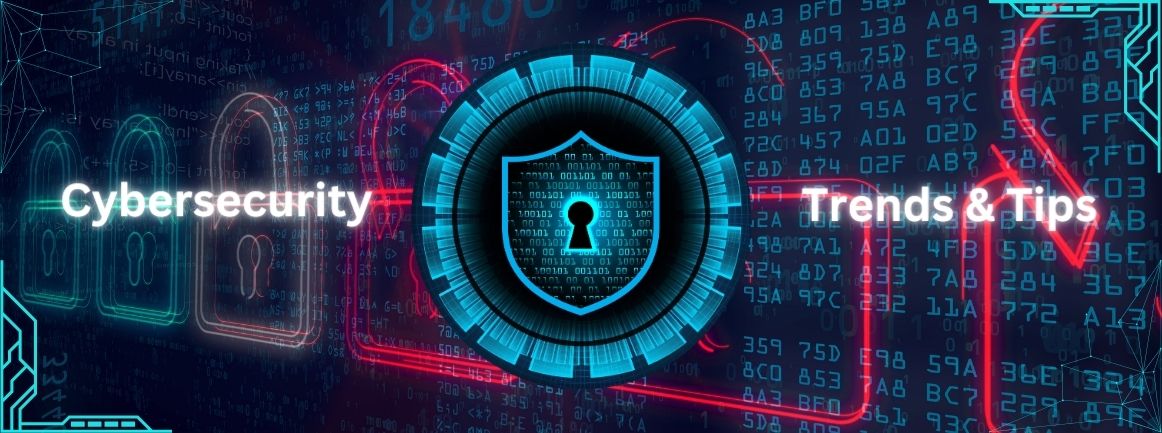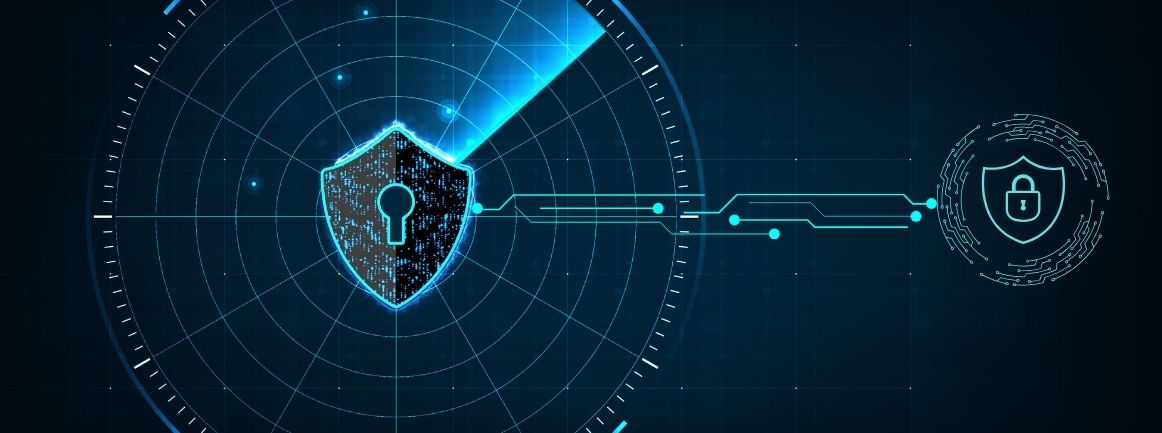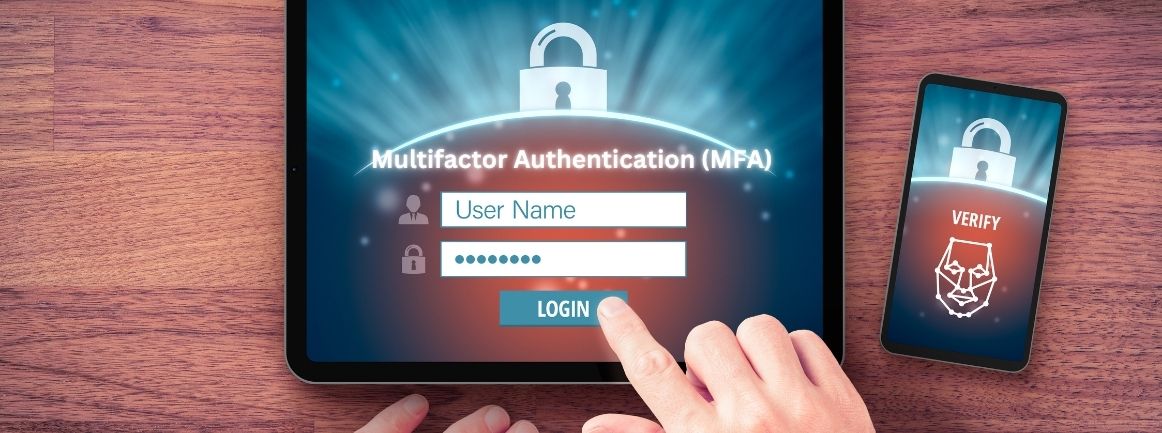The Importance of Cybersecurity in 2024: Trends and Tips

In today’s digital age, cybersecurity has never been more critical. As we navigate through 2024, the landscape of cyber threats continues to evolve, posing new challenges for individuals and organizations alike. In this blog post, we’ll explore the latest trends in cybersecurity and share best practices to help you stay protected.
Key Cybersecurity Trends in 2024
AI-Driven Threats and Defenses: Artificial Intelligence (AI) is playing a dual role in cybersecurity. While AI-driven tools enhance threat detection and response, cyber-criminals are also leveraging AI to launch sophisticated attacks. Understanding AI’s role in both offensive and defensive cybersecurity is crucial for staying ahead of potential threats.
Rise of Ransomware-as-a-Service (RaaS): Ransomware attacks have become more accessible to cyber-criminals through Ransomware-as-a-Service platforms. These platforms provide tools and services that enable even non-technical criminals to launch ransomware attacks. Organizations must implement robust backup strategies and incident response plans to mitigate these risks.
Zero Trust Architecture: The Zero Trust security model, which assumes that threats could exist both inside and outside the network, is becoming the standard. By verifying every user and device attempting to access resources, organizations can significantly reduce the risk of breaches.
Supply Chain Attacks: Attacks targeting supply chains are on the rise, with cyber-criminals exploiting vulnerabilities in third-party vendors. Strengthening supply chain security through thorough vetting, continuous monitoring, and robust contractual agreements is essential.
Enhanced Cloud Security: As businesses continue to migrate to the cloud, securing cloud environments is paramount. This includes implementing strong access controls, encryption, and continuous monitoring to protect sensitive data stored in the cloud.

Best Practices for Cybersecurity
Regularly Update Software and Systems: Keeping your software and systems up to date is one of the simplest yet most effective ways to protect against cyber threats. Regular updates patch known vulnerabilities that cyber-criminals could exploit.
Implement Multi-Factor Authentication (MFA): MFA adds an extra layer of security by requiring users to verify their identity through multiple means. This significantly reduces the likelihood of unauthorized access.
Conduct Regular Security Audits: Regular security audits help identify and address vulnerabilities within your systems. These audits should include penetration testing, vulnerability assessments, and compliance checks.
Employee Training and Awareness: Human error remains a significant factor in many security breaches. Regular training and awareness programs can help employees recognize and respond to potential threats, such as phishing attempts.
Develop a Comprehensive Incident Response Plan: Having a well-defined incident response plan ensures that your organization can quickly and effectively respond to a security breach. This plan should outline roles, responsibilities, and procedures for managing and mitigating the impact of an incident.

Conclusion
Cybersecurity is an ongoing challenge that requires constant vigilance and adaptation. By staying informed about the latest trends and implementing best practices, individuals and organizations can better protect themselves against the ever-evolving threat landscape. At Nispaara, we are committed to providing the latest insights and solutions to help you stay secure in this digital era.
Stay tuned to our blog for more updates and expert advice on cybersecurity.

